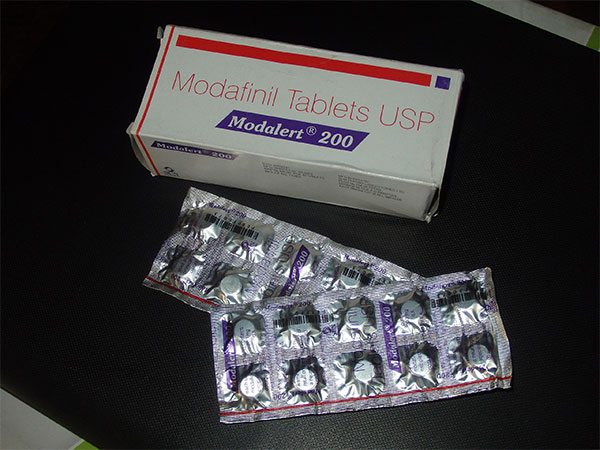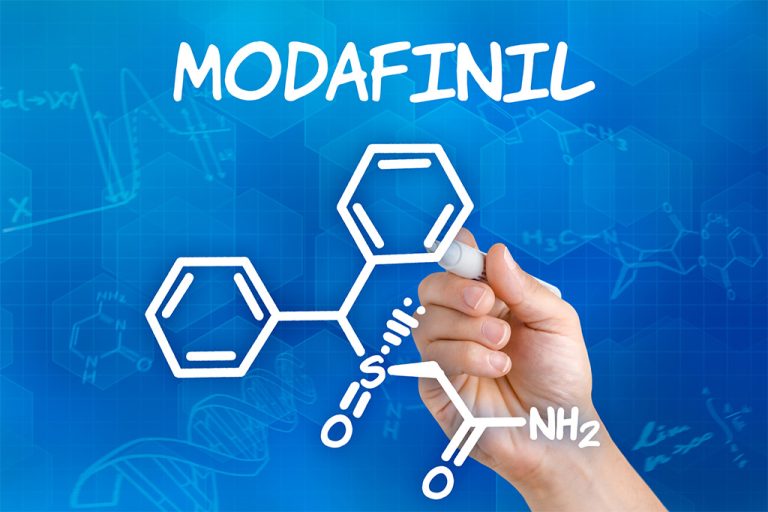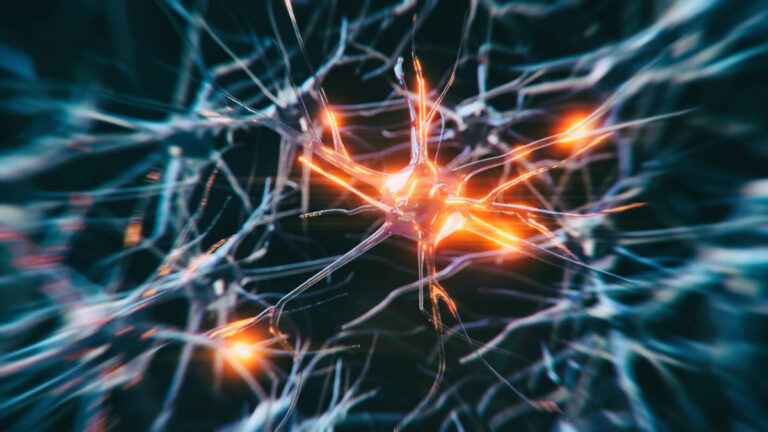Does Modafinil Increase Dopamine and Improve Cognitive Performance?
Modafinil, widely known under the brand name Provigil, was originally approved to treat sleep-related disorders such as narcolepsy, obstructive sleep apnea, and shift work disorder. Over time, it has also gained attention for its potential as a cognitive enhancer.
A central question in this discussion is how Modafinil affects dopamine, a neurotransmitter critical for motivation, learning, and attention. Understanding this relationship helps explain both its therapeutic benefits and its risks.
Modafinil’s Approved and Off-Label Uses
Approved Medical Uses
- Narcolepsy (first-line treatment)
- Obstructive sleep apnea (adjunct to CPAP therapy)
- Shift work sleep disorder (U.S. Food and Drug Administration, 2015)
Off-Label Uses
- Attention-deficit/hyperactivity disorder (ADHD)
- Cognitive dysfunction in psychiatric disorders (e.g., schizophrenia, depression)
- Fatigue in conditions such as multiple sclerosis or cancer (Greenblatt & Adams, 2023)
How Modafinil Affects Dopamine
Dopamine Transporter Inhibition
Positron emission tomography (PET) studies in humans show that Modafinil blocks dopamine transporters (DAT), reducing reuptake and increasing extracellular dopamine in brain regions including the caudate, putamen, and nucleus accumbens (Volkow et al., 2009).
Atypical Binding Profile
Unlike cocaine and amphetamines, Modafinil binds to DAT in a way that favors different transporter conformations. This atypical mechanism explains why it can elevate dopamine while producing lower reinforcing, “rewarding” effects (Keighron et al., 2019).
Animal Evidence
In rat studies, Modafinil administration increased extracellular dopamine in the nucleus accumbens and promoted wakefulness. These effects were partially blocked by other neurotransmitter interactions, showing its action is dopamine-dependent but also influenced by additional pathways (Murillo-Rodríguez et al., 2007).
Cognitive Performance Effects
Domains of Improvement
Research suggests Modafinil enhances:
- Attention and alertness
- Working memory
- Executive function (decision-making, planning)
These benefits are most consistently observed in sleep-deprived individuals; in well-rested, healthy people, effects are often modest or task-specific (Greenblatt & Adams, 2023).
Human Clinical Evidence
Therapeutic doses (200–400 mg) have been shown to increase dopamine in areas linked to motivation and cognition, supporting its role as a cognitive enhancer (Volkow et al., 2009).
Animal Models
In rodent models, Modafinil improved performance on memory tasks and increased motivation to exert effort for rewards, further supporting its pro-cognitive profile (Murillo-Rodríguez et al., 2007).
Potential for Abuse and Dependence
- Dopamine Increase in Reward Pathways: Modafinil elevates dopamine in the nucleus accumbens, a key region in drug reward. This suggests some abuse potential (Volkow et al., 2009).
- Lower Reinforcement Compared to Stimulants: Preclinical work shows Modafinil’s binding mode at DAT makes it less likely to trigger compulsive use compared with cocaine or methylphenidate (Keighron et al., 2019).
- Controlled Substance: In the U.S., Modafinil is classified as a Schedule IV drug, reflecting its lower but present risk of misuse (U.S. Food and Drug Administration, 2015).
Safety and Side Effects
Common Side Effects
- Headache
- Nausea
- Nervousness
- Insomnia (U.S. Food and Drug Administration, 2015)
Rare but Serious Reactions
- Severe skin reactions (e.g., Stevens-Johnson syndrome)
- Psychiatric symptoms (mania, hallucinations, aggression)
- Cardiovascular risks in predisposed patients (Greenblatt & Adams, 2023; U.S. Food and Drug Administration, 2015)
Safe Use Guidelines
- Standard adult dose: 200 mg once daily (morning for narcolepsy/OSA; 1 hour before shift for SWD)
- Caution in patients with psychiatric or cardiovascular history
- Avoid use in pediatric patients due to safety concerns (U.S. Food and Drug Administration, 2015)
Conclusion
Modafinil increases extracellular dopamine by blocking dopamine transporters, a mechanism that contributes to both its wake-promoting and cognitive-enhancing effects. Although it can improve attention, memory, and executive function, particularly in people who are sleep-deprived, it is not a limitless cognitive enhancer.
Its atypical pharmacology distinguishes it from traditional stimulants, giving it a lower risk of abuse, though dependence is still possible. When used under medical guidance, Modafinil is generally safe, but patients should be monitored for psychiatric and cardiovascular effects, as well as rare but serious dermatologic reactions.
References
- U.S. Food and Drug Administration. (2015). PROVIGIL® (modafinil) tablets, for oral use, C-IV [Prescribing information]. U.S. Department of Health and Human Services. https://www.accessdata.fda.gov/drugsatfda_docs/label/2015/020717s037s038lbl.pdf
- Greenblatt, K., & Adams, N. (2023, February 6). Modafinil. In StatPearls [Internet]. StatPearls Publishing. https://www.ncbi.nlm.nih.gov/books/NBK531476/
- Volkow, N. D., Fowler, J. S., Logan, J., Alexoff, D., Zhu, W., Telang, F., Wang, G. J., Jayne, M., Hooker, J. M., Wong, C., Hubbard, B., Carter, P., Warner, D., King, P., Shea, C., Xu, Y., Muench, L., & Apelskog-Torres, K. (2009). Effects of modafinil on dopamine and dopamine transporters in the male human brain: Clinical implications. JAMA, 301(11), 1148–1154. https://doi.org/10.1001/jama.2009.351
- Murillo-Rodríguez, E., Haro, R., Palomero-Rivero, M., Millán-Aldaco, D., & Drucker-Colín, R. (2007). Modafinil enhances extracellular levels of dopamine in the nucleus accumbens and increases wakefulness in rats. Behavioural Brain Research, 176(2), 353–357. https://doi.org/10.1016/j.bbr.2006.10.016
- Keighron, J. D., Quarterman, J. C., Cao, J., DeMarco, E. M., Coggiano, M. A., Gleaves, A., Slack, R. D., Zanettini, C., Newman, A. H., & Tanda, G. (2019). Effects of (R)-modafinil and modafinil analogues on dopamine dynamics assessed by voltammetry and microdialysis in the mouse nucleus accumbens shell. ACS Chemical Neuroscience, 10(4), 2012–2021. https://doi.org/10.1021/acschemneuro.8b00340








